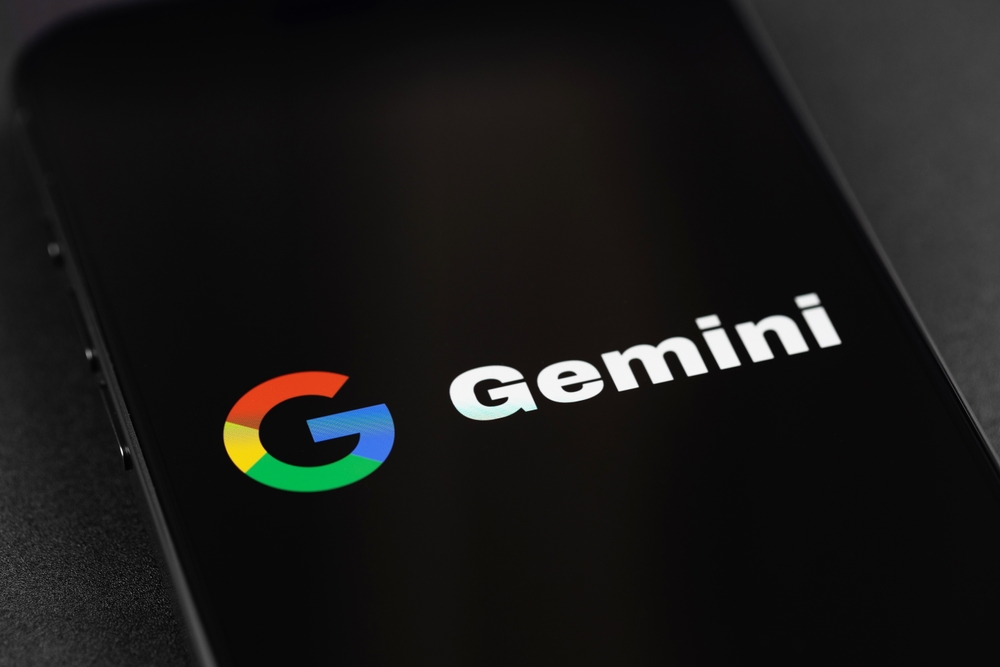The rapid development of generative AI has radically changed the products of tech giants. Most of the new features are processed on remote servers, since mobile devices have very limited computing resources. However, Google is ready to give developers the opportunity to access local AI — that is, running directly on the device.
Google has quietly published documentation on new advanced AI capabilities that developers can take advantage of: the updated ML Kit SDK has API support for generative AI features based on the local Gemini Nano language model. It is built on the AI Core platform, like the experimental Edge AI SDK, but is intended to connect to an existing model with a given set of features that developers can easily implement.

With ML Kit, applications will have features such as text summaries, editing, reformulation, and image description — all without sending data to the cloud. However, the local Gemini Nano model is significantly inferior to the cloud model in terms of its capabilities, so you will have to put up with some, sometimes significant, limitations. For example, text summaries can contain no more than three points, and image descriptions are only available in English. The quality of the results can also vary depending on the version of Gemini Nano installed on the phone. The standard Gemini Nano XS takes up about 100 MB, and the Gemini Nano XXS, installed, for example, on the Google Pixel 9a smartphone, is four times smaller, works only with text, and has a much smaller context window.
The Gemini Nano model is already used on Pixel devices, as well as on OnePlus 13, Samsung Galaxy S25 and Xiaomi 15 smartphones. Their number will likely grow, as will the number of applications with local generative AI functions. Documentation for developers is already available, and the company is expected to talk more about this project at the Google I/O conference. One of the sessions is called: “Gemini Nano on Android: Developing with Generative AI on-device.”
Local AI Integration and Developer Support
Until recently, working with local generative AI on mobile devices was a difficult task. The experimental Edge AI SDK opens up access to hardware acceleration (NPU) for running models, but only works with Pixel 9 devices and is limited to text only. Qualcomm and MediaTek also offer their own APIs for running AI workloads, but their capabilities vary from device to device, which makes their use in long-term projects risky. In addition, running your own AI model requires a lot of preparation, so the new APIs will significantly simplify and speed up the implementation of local AI.
The emergence of an API for connecting to the Gemini Nano will provide some unification of approaches to mobile AI, though it’s clear that this initiative will not be a panacea — many smartphones do not yet have sufficient computing power for such tasks. Despite this, it marks a clear step forward in local AI accessibility. Most users will likely prefer not to transfer their personal data to remote servers, and this shift enables more private and potentially faster AI processing.
Privacy Benefits and Practical Use Cases
Despite the limited capabilities of local models on mobile devices, this is a bright example of the practical usefulness of AI. There are already some illustrative examples of how local AI can work in practice. Google Pixel Screenshots processes screenshots directly on the smartphone, and notification summaries on the Motorola Razr Ultra are generated without using the cloud — although the basic version of the Razr still accesses remote servers.
This move toward local AI aligns with growing user demand for more secure and private data handling. It also opens up new potential for app developers who want to integrate generative AI functionality without relying on cloud services. The Gemini Nano model — though restricted in scope compared to its cloud counterpart — provides enough basic functionality to make local AI implementation feasible, notes NIX Solutions.
We’ll keep you updated as more integrations become available and the ecosystem continues to evolve. As more devices become capable of supporting these models and as SDKs become more standardized, local AI may shift from an experimental feature to a foundational element of the mobile user experience.
